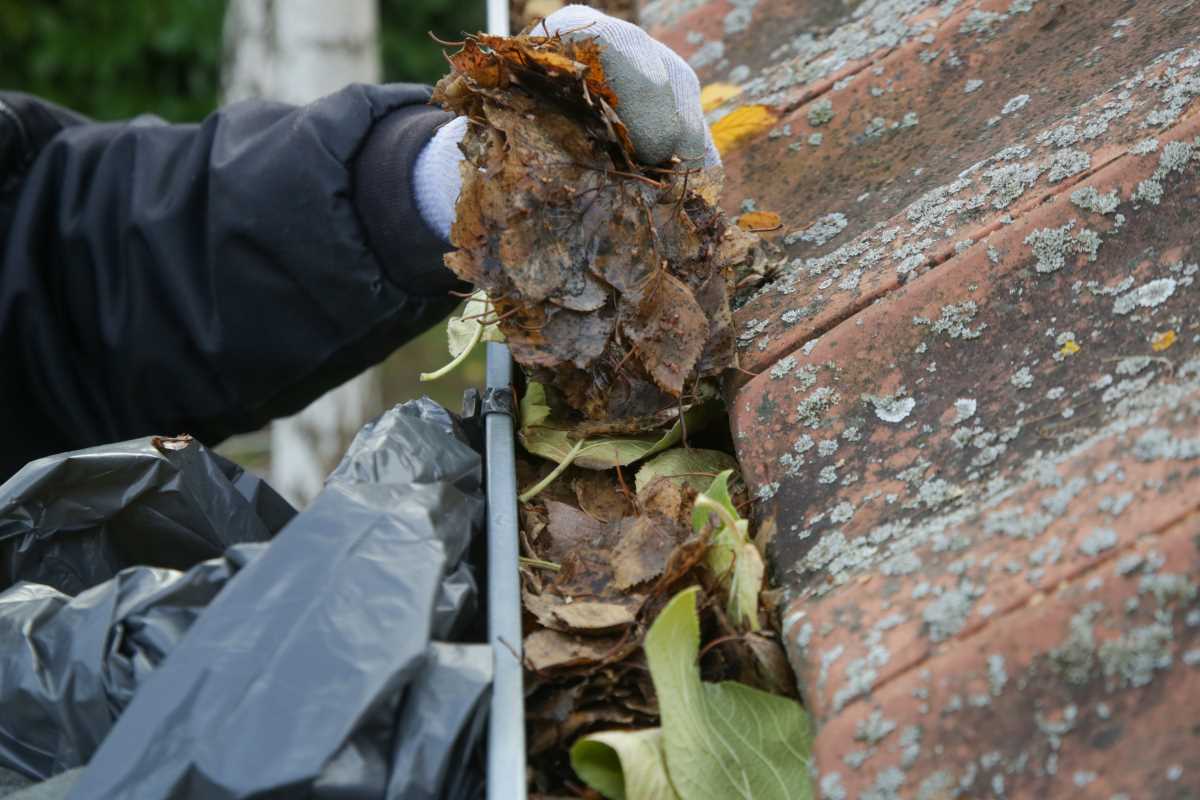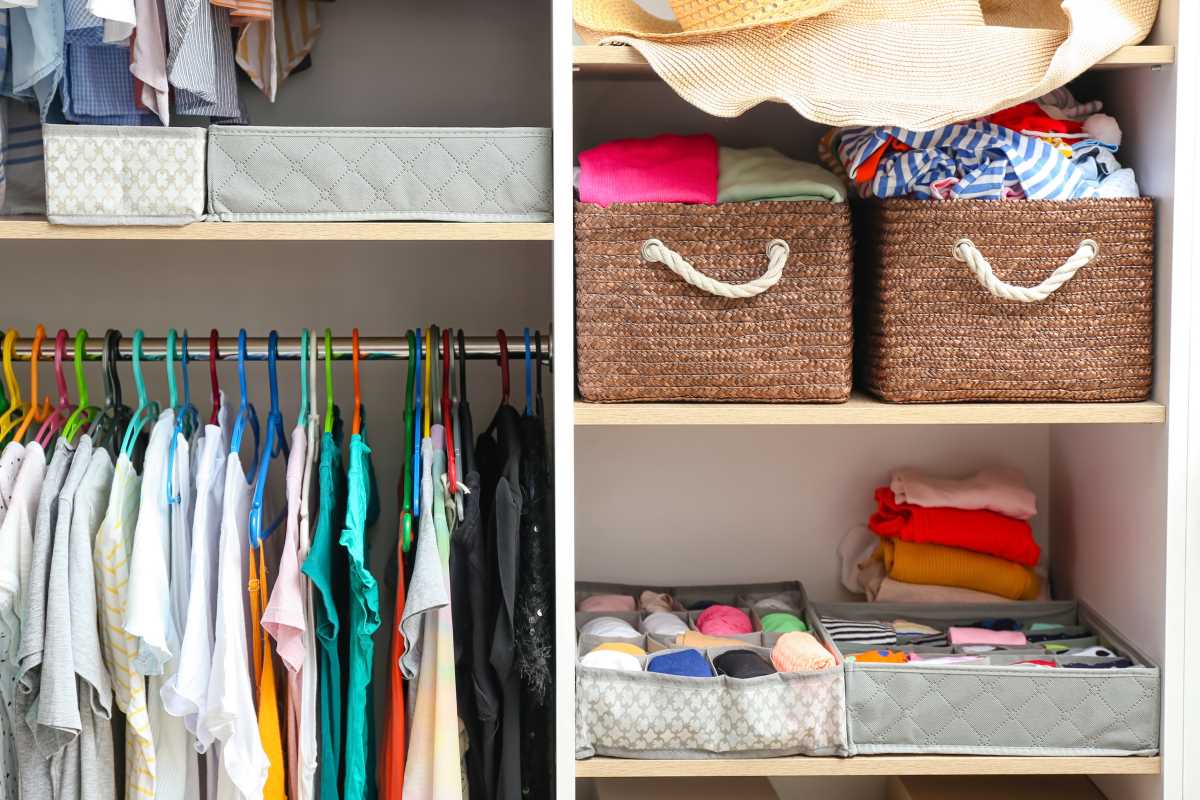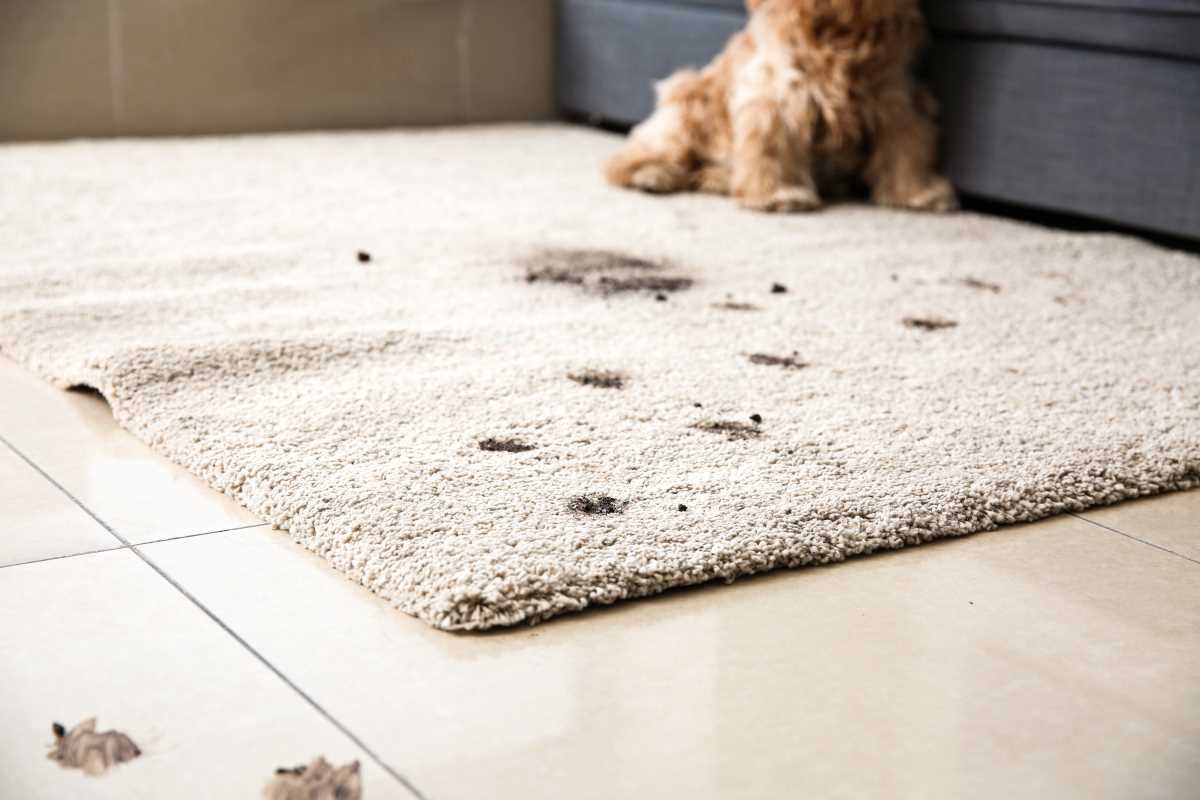There’s nothing more frustrating than a noisy door disrupting the peace of your home. The incessant squeaks, creaks, and rattles can quickly become a major nuisance, especially when you’re trying to keep things quiet, like sneaking a midnight snack or avoiding waking up a sleeping baby. Fortunately, solving this problem doesn’t require drastic measures like replacing hinges or an expensive call to a carpenter. Silencing a noisy door is simple, effective, and affordable if you know what to do. This guide will walk you through various techniques to help you restore tranquility in no time.
Common Causes of Noisy Doors
Before jumping into solutions, it helps to understand what could be causing the noise in the first place. Identifying the root of the problem will make fixing it easier and ensure long-term results. Here are the main reasons doors make unpleasant sounds:
- Dry or rusty hinges: Over time, hinges lose lubrication, which can cause metal components to grind against each other, producing squeaks or creaks.
- Loose hardware: Screws that hold hinges in place can become loose due to daily wear and tear, contributing to rattles or improper door alignment.
- Misaligned doors: If a door doesn’t hang straight or rubs against the frame, it can lead to scraping noises and increased resistance when opening and closing.
- Environmental factors: High humidity or temperature changes can cause wood to swell or contract, exacerbating friction between the door and the frame.
By pinpointing whether the issue lies in the hinges, alignment, or surrounding environment, you can better apply the fixes outlined below.
Tools and Materials You May Need
The best part about silencing a noisy door is that most of the tools or materials you’ll need are likely already in your home. Gather these items before you begin:
- Lubricants (such as WD-40, silicone spray, or petroleum jelly)
- A soft cloth or old rag
- Bar soap or candle wax
- A screwdriver
- Felt pads or adhesive rubber bumpers
- Fine-grit sandpaper or steel wool
- Weatherstripping material
- Shims (optional)
Now, let's get down to business.
Fixing Noisy Hinges
Hinges are often the main culprits behind squeaky or creaky doors. Fortunately, addressing hinge issues tends to be simple and quick.
1. Apply Lubricant
Lubrication is one of the easiest and most effective ways to silence squeaky hinges. The grinding noise that comes from metal parts rubbing against one another can usually be fixed by adding an appropriate lubricant.
Here’s how to do it:
- Open the door to access the hinges more easily.
- Apply a lubricant like WD-40 or silicone spray directly onto the hinge pins and joints. If you don’t have these products on hand, alternatives like petroleum jelly or even cooking oil can work in a pinch.
- Move the door back and forth several times to work the lubricant into the hinge mechanism.
- Use a soft cloth to wipe away any excess lubricant to avoid messy drips.
Bonus Tip: Prefer a natural option? Rub a bar of soap along the hinge pins. Soap acts as a gentler lubricant and can work just as well for reducing squeaking.
2. Tighten Loose Screws
Hinges can’t do their job effectively if the screws holding them in place are loose. Loose screws can lead to rattling noises or improper alignment, causing the door to make noise when moved.
Steps to fix this:
- Grab a screwdriver and check every hinge screw. Tighten any that feel loose.
- If a screw seems stripped and won’t grip properly, don’t panic. You can repair it by applying a toothpick (dipped in wood glue) into the hole. Break off the excess toothpick and reinsert the screw, ensuring it holds tightly.
This quick fix can instantly improve the stability and sound of your door without much effort.
3. Remove Rust
If you suspect the hinges have accumulated rust, addressing this issue can restore your door’s smooth operation.
Follow these steps:
- Remove the hinge pins carefully with a hammer and nail punch.
- Clean them using fine-grit sandpaper or steel wool to eliminate rust.
- Once clean, reapply the pins and add a bit of lubricant to prevent future corrosion.
Addressing Noisy Door Frames
When the problem doesn’t stem from the hinges, your focus may need to shift to the door frame. Misalignment, friction, or gaps between the door and frame can cause a variety of noises.
4. Adjust the Alignment
If your door scrapes against the frame when opening or closing, it may be misaligned. Misalignment is often caused by loose hinges, improper installation, or environmental factors like swelling wood.
Fix the alignment by:
- Tightening the hinge screws first to see if this solves the issue entirely.
- If that doesn’t work, try sanding down the parts of the door (or the frame) that make contact and cause friction.
- For more significant alignment problems, you may need to shim the hinges slightly. Shimming involves placing a thin piece of material between the hinge and the door or frame to adjust the angle.
5. Add Felt Pads or Rubber Bumpers
Does your door make a loud, unsettling sound when it closes? Adhesive felt pads or rubber bumpers can be lifesavers here.
How to use them:
- Attach these pads to the door frame in the area where the door meets it.
- They act as a cushion, absorbing noise and allowing for a soft, silent close.
This solution is particularly useful for preventing slamming doors in areas with heavy foot traffic.
6. Install Weatherstripping
For doors that rattle in their frame, weatherstripping is a multi-purpose solution. It reduces noise, minimizes drafts, and even improves energy efficiency around your home.
Steps to install weatherstripping:
- Clean the door frame to ensure the adhesive will stick properly.
- Apply foam weatherstripping along the edges where the door makes contact with the frame.
- Test the door to ensure it closes smoothly without resistance.
Weatherstripping provides a dual benefit, combining noise reduction with temperature regulation.
Additional Creative Fixes
Sometimes, door noise doesn't fall into the typical categories of squeaky hinges or misaligned frames. If your door still isn’t as quiet as you’d hoped, try these extra tricks:
7. Use Candle Wax
Don’t have traditional lubricants on hand? Candle wax is a surprisingly effective substitute. Rub the wax directly onto the hinge pins or any spots where friction is causing noise.
8. Secure Floor Contact
If your door scrapes against the floor, it’s likely dragging. Slight adjustments can fix this easily. Tighten the hinges, or if needed, raise the door slightly using thin shims. This ensures the bottom edge clears the floor.
9. Silence the Doorknob
Loose or overly tight doorknobs can cause rattling sounds. Use a screwdriver to tighten their screws or apply a small amount of lubricant to their moving parts to restore functionality and silence.
10. Consider Seasonal Maintenance
During months of high humidity, wooden doors may swell, increasing noise. To combat this, monitor the door and periodically sand any areas that begin rubbing against the frame.
When It’s Time to Call in a Professional
While most noisy door issues can be fixed with a DIY approach, there are rare cases where professional help may be warranted. For example:
- If the door is old or heavily damaged, its structural integrity might need professional assessment.
- If the hinges are bent or broken, or the frame itself is warped, full replacement parts or advanced tools may be required.
When in doubt, a professional carpenter or handyman can provide long-lasting solutions that go beyond the scope of quick fixes.
Enjoy the Peace and Quiet
And there you have it—everything you need to know to silence a noisy door without replacing hinges. From lubrication and alignment to creative fixes like candle wax and weatherstripping, these methods are simple, fast, and budget-friendly. Say goodbye to the squeaks, creaks, and rattles that have been driving you up the wall, and hello to a quiet, peaceful home.
Which of these methods worked best for you? Share your DIY success stories or tips with others dealing with door drama. A little effort goes a long way toward creating a quieter, more serene environment!
 (Image via
(Image via





